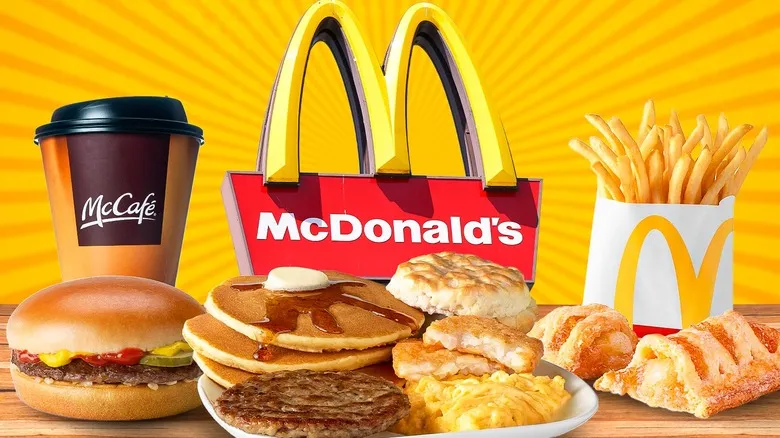The hot coffee lawsuit
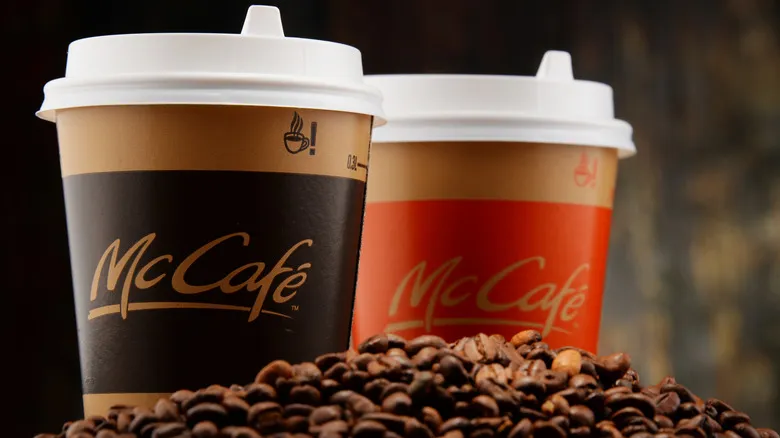
The infamous coffee case, Liebeck v. McDonald's, stands as one of the company's most significant blunders. It was revealed that many McDonald's locations were serving coffee at dangerously high temperatures, and the defense team’s approach left a negative impression. Unfortunately, many details of the case did not reach the public, leading to a widespread perception that the lawsuit was frivolous.
To summarize: 79-year-old Stella Liebeck and her grandson stopped at McDonald's for coffee. While her grandson drove, Liebeck, seated in the passenger seat, attempted to remove the lid from her coffee cup, which she had balanced between her legs. The coffee spilled onto her lap, resulting in severe third-degree burns. The burns affected a large area of her skin, necessitating skin grafts and hospitalization, and her recovery took two years.
Liebeck sought $20,000 to cover her medical expenses and sent a letter to McDonald's. The company responded with a minimal offer, leading to a court case where McDonald's legal team faltered. The jury perceived that the company was not taking the severity of her injuries seriously, despite expert testimony, including from a McDonald's manager who confirmed that the coffee was served at excessively high temperatures and that other customers had also been burned. Ultimately, the court awarded Liebeck significantly more than her initial request.
The Sundae Bloody Sundae promotion
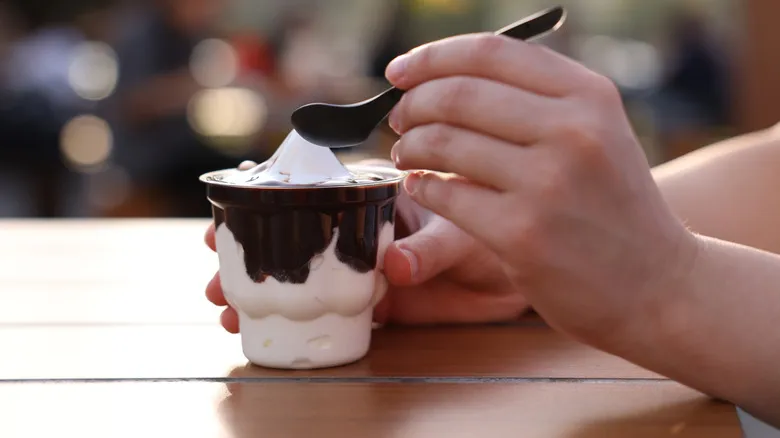
One of the most perplexing blunders made by McDonald's occurred during a Halloween promotion in 2019 at its locations in Portugal. The campaign showcased a strawberry dessert called "Sundae Bloody Sundae," a nod to the U2 song. However, for those familiar with the song's background, the "Bloody Sunday" it references pertains to a tragic event in 1972, when British soldiers opened fire on unarmed protesters in Northern Ireland, resulting in the deaths of 14 individuals. This is certainly not an incident one would want associated with a lighthearted dessert.
There were actually two significant Bloody Sundays: the first in 1920, when British troops shot at spectators during a Gaelic football match while searching for members of the Irish Republican Army, and the more infamous one in 1972. The pun used in the promotion was particularly insensitive for people in both Ireland and Northern Ireland. In response to the backlash, McDonald's issued an apology and withdrew all promotional materials related to the Halloween campaign.
The Step-it Happy Meal toy

In 2016, McDonald's introduced a Happy Meal toy fitness tracker known as the Step-it activity wristband, designed to encourage children to be more active. However, there were doubts about whether it would genuinely motivate kids to engage in more physical activity or if it was merely a marketing strategy by McDonald's. Ultimately, it became one of the company's biggest blunders when parents began reporting that the tracker caused burns on their children.
One mother shared that her child experienced a burn after wearing the tracker for less than 10 minutes. Other parents reported blisters, and more than 70 complaints prompted McDonald's to promptly discontinue the product. The company recalled the already distributed trackers and issued an apology to consumers. To make matters worse, reviews indicated that the tracker was not very effective to begin with.
No more all-day breakfast
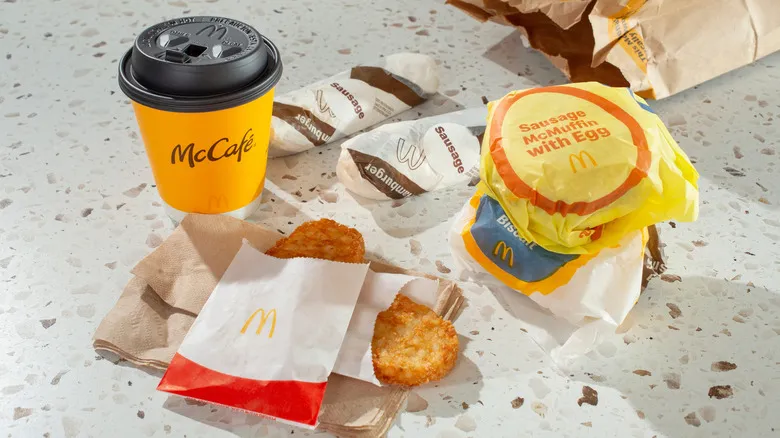
For a short period, McDonald's provided an all-day breakfast menu, allowing customers to enjoy hash browns and other breakfast items well into the evening, which was a hit among patrons. However, in 2020, McDonald's discontinued the all-day breakfast option. While many customers attributed this decision to the pandemic, it was not the actual reason behind the change.
Keeping the breakfast menu available all day occupied significant grill space, consumed preparation areas, and utilized ingredients that could have been allocated for lunch and dinner, ultimately causing frustration among employees. Once the all-day breakfast was removed, both workers and franchise owners began advocating for its permanent discontinuation. In 2022, rumors emerged suggesting a potential return of the all-day menu, but it was later revealed that these rumors stemmed from an old press release from 2015.
The 1984 Olympic free-food promise

Prior to the 1984 Olympics in Los Angeles, McDonald's launched a related promotion. Customers received a scratch-off card featuring a random Olympic event. If the U.S. secured a medal in that event, the customer would be rewarded with a free item, depending on the type of medal won. A gold medal earned a free Big Mac — quite a treat — while a silver medal came with free fries, and a bronze medal offered a free soda. The risk seemed minimal since the company had successfully run a similar promotion during the 1976 Olympics, when the U.S. finished third in the medal standings.
Although the 1984 promotion was initiated with good intentions, the company significantly misjudged the outcome due to an unusual geopolitical situation. The 1984 Olympics saw the Soviet Union, along with East Germany and several other nations, boycott the Los Angeles summer games in retaliation for the U.S. boycott of the 1980 Moscow summer games. As a result, the U.S.'s primary competitors were absent, allowing the U.S. to dominate the overall medal tally. Customers enjoyed a plethora of free items, with some locations reportedly running out of Big Macs on certain days. One medal victory could trigger numerous card redemptions — and each free order came with an additional card. The exact financial loss incurred by McDonald's during this promotion remains unknown to anyone outside the company.
Promoting the McAfrika during an African famine
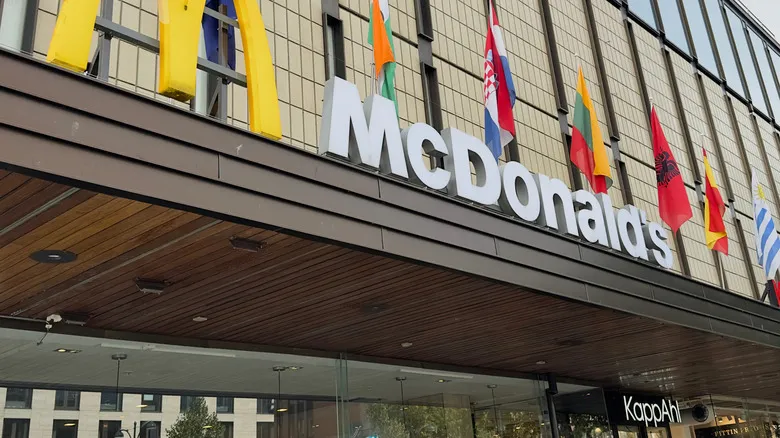
McDonald's offers various promotions and menu items globally, but one particular campaign in Norway put the company in a difficult position. In 2002, they introduced the McAfrika burger, a pita sandwich filled with tomatoes, beef, and cheese, as part of an exotic-food promotion in the country. Unfortunately, this launch coincided with a severe famine affecting southern Africa, where many people were suffering from hunger.
The promotion faced immediate criticism from aid organizations in Norway. One group even set up outside an Oslo McDonald's, distributing energy biscuits similar to those provided during famines to customers. The issue wasn't merely the naming of the burger as "McAfrika," but rather the timing of its release amidst a humanitarian crisis, which many perceived as insensitive. Consequently, McDonald's issued an apology and permitted aid organizations to place donation boxes at locations selling the McAfrika during its time on the menu.
The Arch Deluxe

The Arch Deluxe was introduced in 1996 as a burger aimed at adults. It was a step up from McDonald's typical menu items and, by all accounts, had a pleasant taste. Many customers enjoyed the combination of peppered bacon, stone-ground mustard, mayo, and fresh vegetables on a potato bun. This burger was conceived by fine-dining chef Andrew Selvaggio and was expected to be a major success. However, the marketing strategy missed the mark and is now regarded as one of McDonald's most significant advertising failures.
The promotional campaign featured commercials depicting children reacting with disgust to the burger's ingredients, which were intended to highlight its adult appeal (though kids were not actually prohibited from ordering it). Instead of being perceived as a clever commentary on the burger's sophistication, it became a burden for franchise owners due to the unique ingredients that set it apart from other burgers. Customers were not interested in categorizing McDonald's offerings into adult and children's versions. Reports indicate that the marketing campaign cost between $150 million and $200 million—considering the late-1990s context—and the Arch Deluxe was ultimately removed from the menu in 2000.
Cashless kiosks
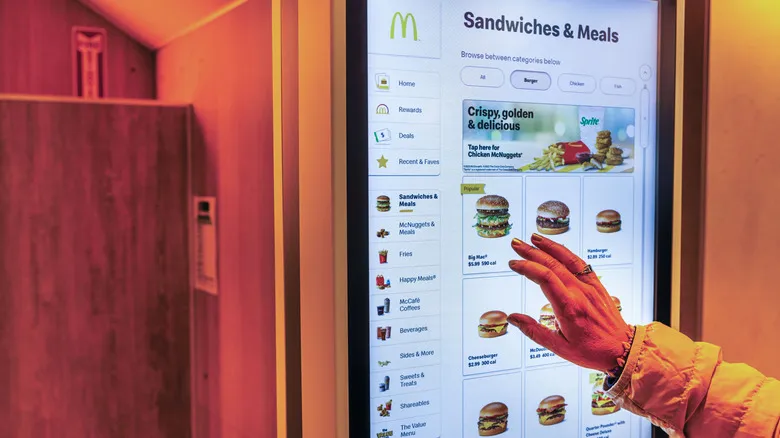
McDonald's implemented kiosks that allowed customers to order and pay for their food long before remote transactions became essential during the pandemic. The goal was to expedite service, particularly for those with straightforward orders that required no modifications. However, a significant drawback was that the kiosks did not accept cash, which posed a major issue for the 30% of McDonald's customers in the U.S. who typically pay with cash, as reported by Restaurant Dive. This wasn't merely a matter of nostalgia; many customers were genuinely unbanked, lacking both bank accounts and cards for payments. (Prepaid debit cards often come with fees that may be unaffordable for those on tight budgets.)
In 2024, the company finally introduced kiosks that accept cash. These kiosks are optional, allowing franchisees to choose whether to implement them. As expected, demand for these kiosks is higher in states with elevated minimum wages. However, not all feedback has been favorable, with some customers expressing dissatisfaction over the kiosks' speed. Additionally, the new kiosks have impacted the digital menu boards; in newer locations featuring kiosks, the signs behind the counter no longer display the complete menu.
When they changed the apple pie
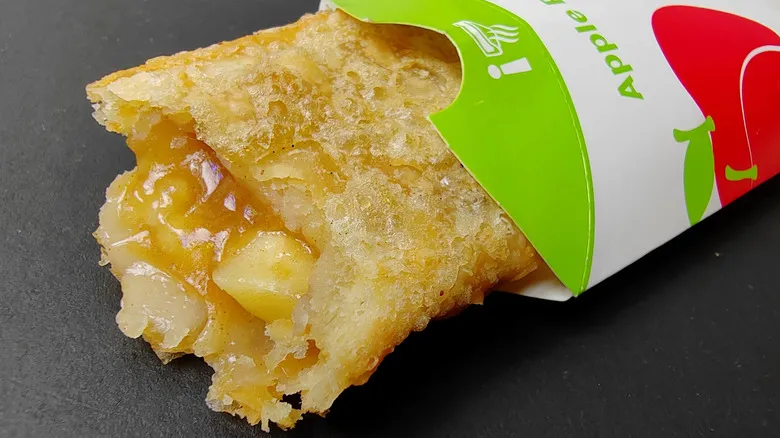
This error may not top the list, but for many fans, it stands out as the most significant blunder. The mistake in question is McDonald's decision to stop making the original fried apple pie in the U.S. and replace it with a baked alternative. In 1992, the company made the switch, believing the baked version would be healthier. In reality, it wasn't significantly better for you, yet the chain persisted in promoting the baked pies, despite their unpopularity.
Over the years, there have been rumors of various McDonald's locations still offering the fried pies, and who could forget the remarkable incident in 2014 when chef Eric Greenspan discovered a stash of frozen fried pies from a supplier and arranged to sell them at his restaurant? Currently, however, only two places serve the fried pies. One is the nostalgic McDonald's in Downey, known for its vintage architecture, which has more flexibility in its menu compared to other locations. The other is in Hawaii, where all McDonald's outlets offer the fried version. When the company transitioned to the baked pies, Hawaii followed suit, but the new option was so poorly received that the state reverted to the fried version. McDonald's occasionally updates the recipe for the baked pie, and newer iterations have received better feedback.
The Hula Burger
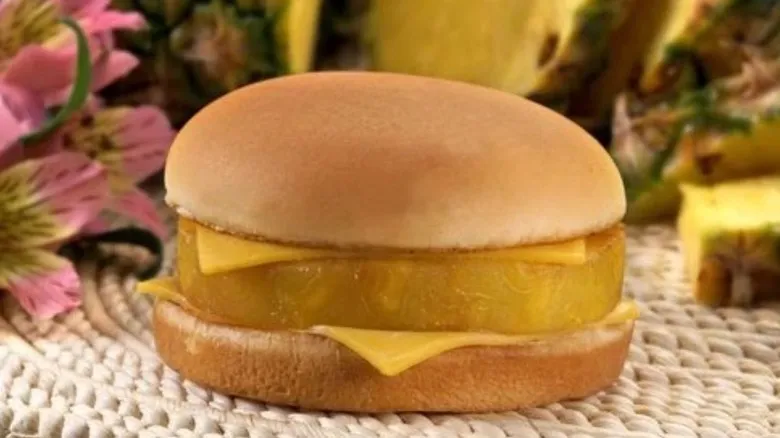
Ray Kroc was often a shrewd businessman, known for his innovative strategies to boost the company's sales, but he also had his fair share of missteps. One notable early failure was the Hula Burger, which consisted of a grilled pineapple slice topped with American cheese, served on a burger bun. The intention behind this item was to provide a meatless option for Catholics on Fridays during Lent.
The Hula Burger was just one of two new offerings; the other was the Filet-O-Fish, developed by a different franchisee. Once both items were introduced, the Filet-O-Fish quickly surpassed the Hula Burger in sales, prompting the chain to phase out the pineapple sandwich in short order. Today, it remains a fixture on "worst-of" lists and nostalgic social media pages that celebrate obscure menu items.
The dollar menu that wasn't
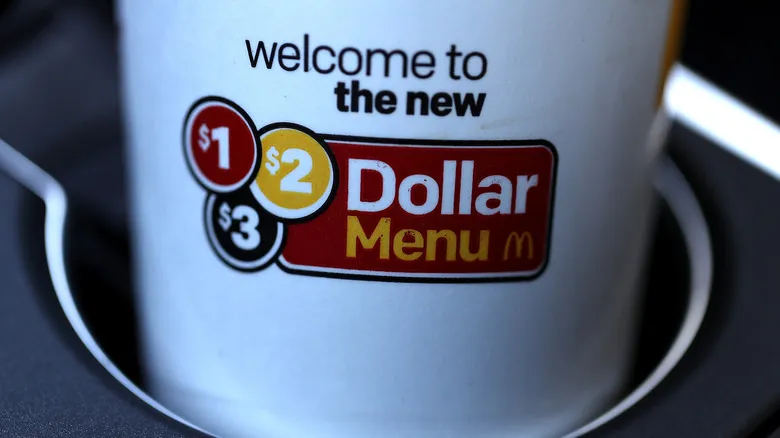
Historically, many customers at McDonald's took advantage of the dollar menu at some point. The selection of items available for just $1 helped numerous individuals stave off hunger and allowed many others to enjoy a small treat without breaking the bank. However, around 2013, McDonald's began overhauling the dollar menu, and the outcome was disappointing. The new menu, dubbed the Dollar Menu & More, featured a variety of items at different price points, with only a handful of items like pies and apple slices remaining at the $1 mark.
Things worsened as the company attempted to compete with more upscale burger chains that seemed to be drawing away their customer base. This led to criticism regarding the complexity of the menus and a perceived lack of value. In 2015, McDonald's launched a two-for-$2 menu, which evolved into the McPick 2 for $2 promotion in 2016. However, this promotion was short-lived, ending in February 2016, and was replaced by a $5 value menu. By 2018, the company continued to struggle due to the absence of a genuine low-cost menu (it was now promoting a "$1 $2 $3 Dollar Menu"), resulting in a significant drop in stock prices. In March 2024, the company faced criticism for having a dollar menu that featured no items priced at $1 whatsoever.
When it became the main character on Twitter
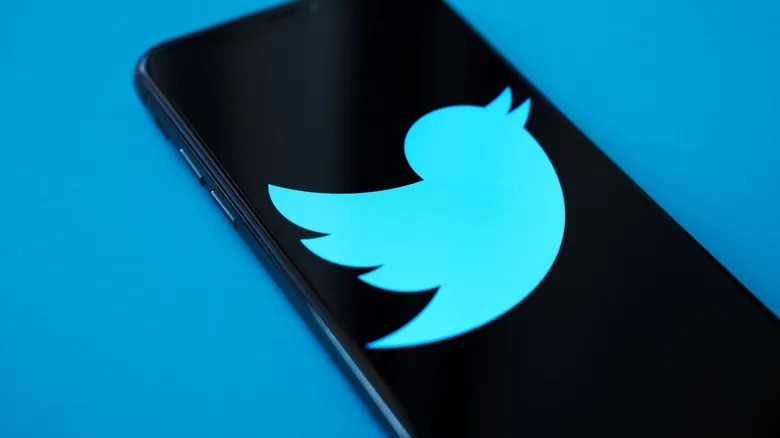
The term "main character" on Twitter emerged in 2019, although the idea had been around long before then. The main character refers to a person or entity that becomes the focal point of numerous tweets for that day, often in a negative light. According to the original tweet that introduced the term, the intention was never to become that main character. In 2012, prior to Twitter's rebranding as X, McDonald's attempted some self-promotion through hashtags. Unfortunately, this backfired, and the company ended up being the main character of the day, marking one of its biggest blunders.
McDonald's strategy likely seemed appealing at first. The chain aimed to highlight the farmers supplying its produce and created a couple of hashtags to facilitate the conversation. One was dedicated to the farmers, while the other, #McDStories, was intended to share uplifting stories. However, McDonald's failed to foresee Twitter users' tendency to hijack hashtags. After the company posted a few tweets using the hashtags, users began sharing their own stories—many of which were negative. Some tweets were simply sarcastic about the brand, while others recounted unpleasant experiences, including food poisoning. The company quickly halted the campaign within a few hours, but Twitter users continued to engage with the hashtag for about a week.
Recommended
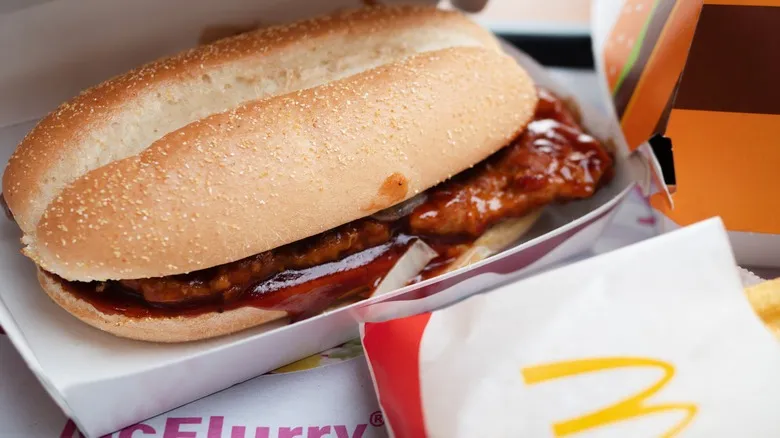
How McDonald's McRib Became A Cult Classic
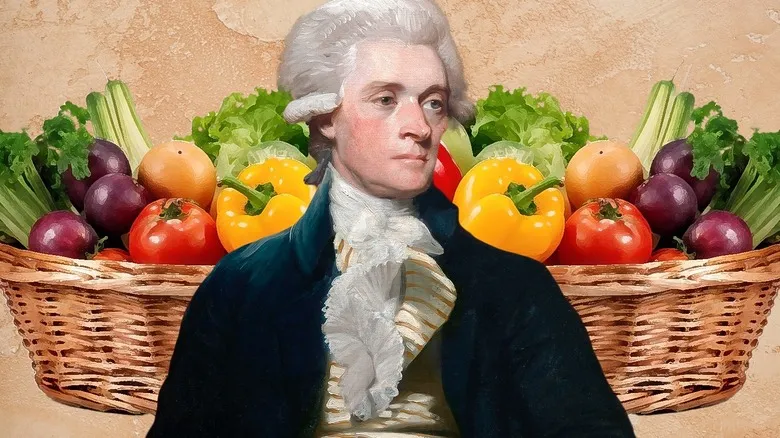
Thomas Jefferson's Favorite Vegetable Was A Simple, Classic Choice

George Washington Ordered Staggering Quantities Of His Favorite Wine
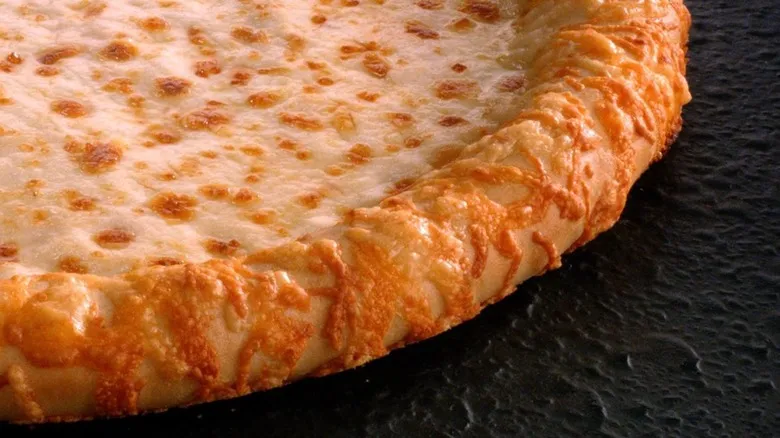
How Milk Overproduction Helped Create Pizza Hut's Cheesiest Pizzas
Next up

